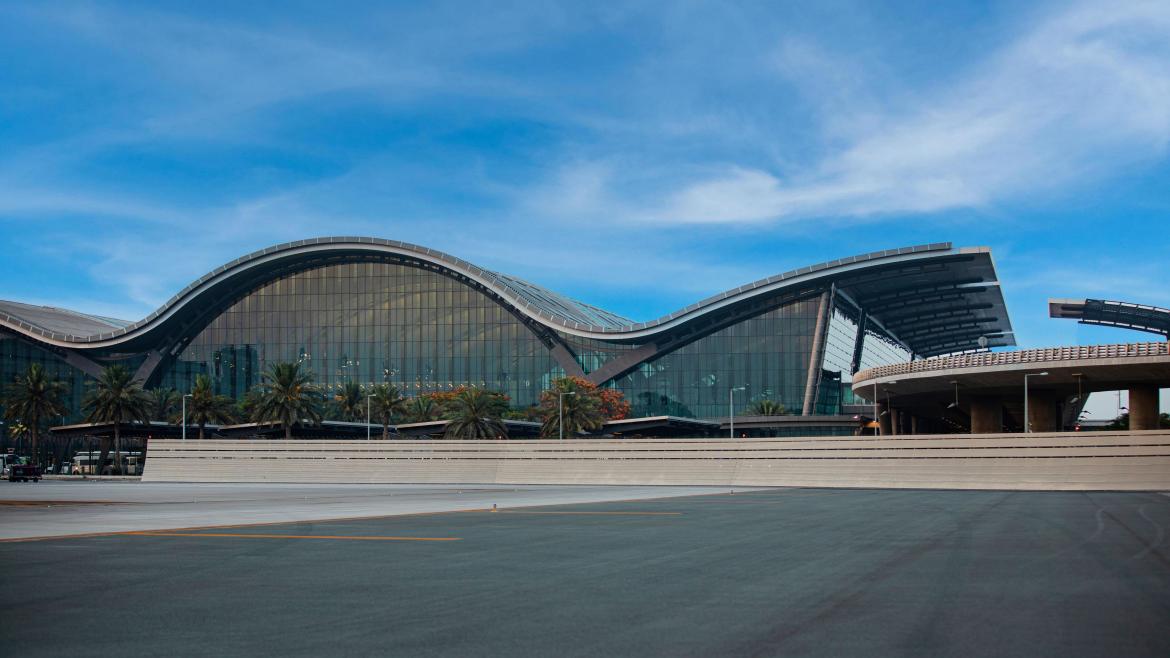Hamad International Airport in Doha, Qatar has partnered with Siemens to optimize its district cooling infrastructure in an effort to conserve energy, reduce consumption, and support the airport’s growth plans. The project, completed in November 2023, aligns with the airport’s goal of reducing carbon efficiency by 30% by 2030. The district cooling infrastructure includes five plants with a capacity of 62,000 tonnes, providing cooling for the entire airport. With Phase B of the airport’s expansion in progress, the partnership with Siemens and their Demand Flow technology from the Siemens Xcelerator portfolio aims to reduce electricity consumption required for cooling.
Since implementing Siemens’ solution, Hamad International Airport has already reduced its CO2 emissions by over 5,000 metric tonnes since 2021. This reduction is expected to reach 16,000 tonnes annually starting in 2024. Michael McMillan, Senior Vice President of Facilities Management at the airport, highlighted the importance of environmental sustainability in their operations and the need to grow responsibly. By collaborating with Siemens, the airport is investing in innovative solutions to reduce its environmental footprint while also enhancing energy efficiency and cutting costs.
Hakan Ozdemir, CEO of Siemens in Qatar, expressed pride in the partnership with Hamad International Airport and emphasized the importance of smart infrastructure solutions in enhancing energy efficiency and achieving cost savings. The collaboration between the airport and Siemens serves as a benchmark in energy efficiency, showcasing the significance of innovative technologies and strategic partnerships in realizing sustainability goals. By utilizing Demand Flow technology, the airport can reduce energy consumption and costs by 23% annually, while meeting the cooling demands necessary for its expansion plans.
The partnership between Hamad International Airport and Siemens reflects the commitment to developing efficient and sustainable infrastructure. This collaboration not only benefits the airport in terms of energy efficiency and cost savings, but also aligns with the State of Qatar’s 2030 National Vision on climate change. By continuously improving environmental performance and fostering collaboration within the industry, the airport’s environmental sustainability goals contribute to local and global efforts to reduce emissions and address climate change. Through innovative solutions and strategic partnerships, Hamad International Airport is setting a new standard for environmental responsibility in the aviation industry.





















